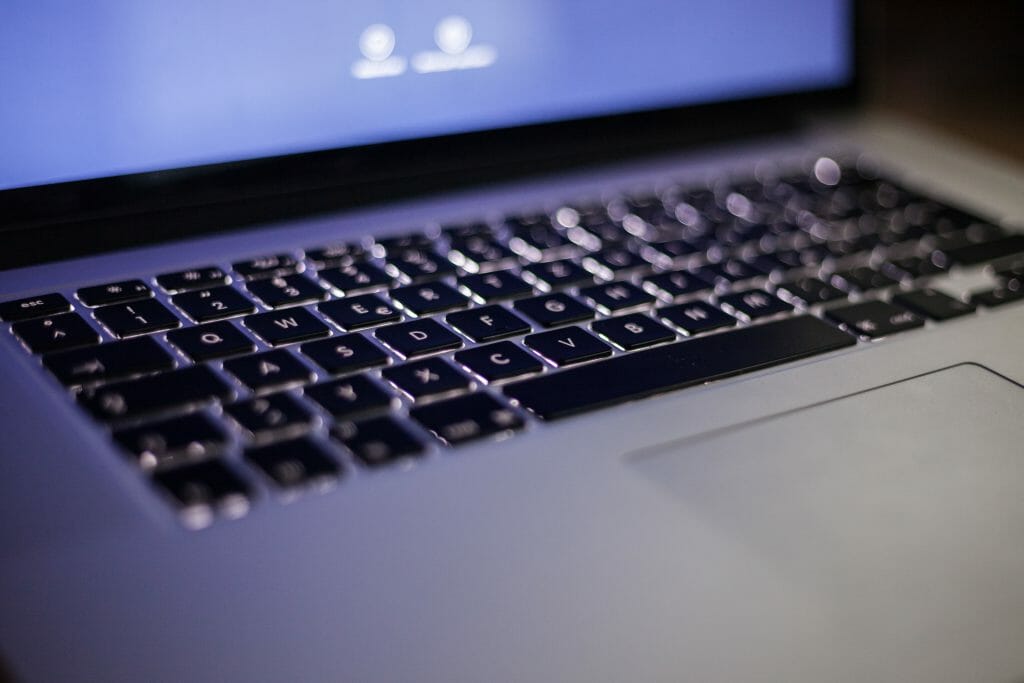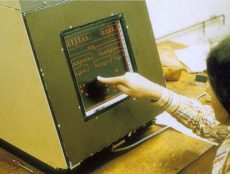
Articles
Editor’s Picks
Interviews
PSI Launches Bridge, A New Online Proctor SaaS Solution
By Henry Kronk
July 17, 2018
On Tuesday, PSI Services announced a new online proctoring service that seeks to reach test takers and college classes across the education spectrum. With live or recorded proctoring, PSI Bridge will stand as a customizable solution for a wide range of learning environments.
In the past two decades, colleges and universities have begun to conduct more and more of their operations online. Whether it’s an online summer course, a MOOC, a hybrid program, or a fully remote degree, learners are able to tackle their higher education with greater convenience. But there’s one difficult part of this that isn’t so easy to get around: testing. How, in an online environment, do you adequately test a learner without being in the room? PSI’s answer to the question is their new product, Bridge. And they believe that they actually do a better job than traditional in-person proctors.
“Not to disparage faculty—because I am an adjunct faculty professor at a university—but we’re a whole lot better at catching things than the average professor or TA would be in a big room,” said Rory McCorkle, senior VP of certification and education services at PSI. “There’s a lot that we can see that for the most part, they’re not going to be looking for or frankly isn’t part of their job.”
Proctoring with PSI Bridge
Here’s how it works. PSI integrates with a university’s LMS, so they don’t need to jump through too many hoops—if any—to get to the service. It also allows professors to build assessments within their courses online home. To take the test, students merely log on and go through the check in process. They will need to enable their webcam and microphone through which a remote proctor will watch them take the test along with software that stops them from accessing other programs during the test. They will then be directed through a room scan to show the online proctor they haven’t hidden any information somewhere else in the room.

Then they take the test. Depending on whether there’s a live human on the other side watching or if its recorded and watched later, Bridge proctors will be looking for evidence of what the company refers to as ‘misconduct.’
In PSI’s view, comfort and convenience are the name of the game.
“We want to create as smooth a candidate experience as possible,” McCorkle said. “Naturally, people are usually not their best when they’re coming to us to take the test. They’re stressed out. They’re usually dealing with some other form of anxiety. We want to create as smooth an experience as possible for our candidates, while still abiding by security parameters. That includes an LTI plug in that allows us to connect pretty easily to a university’s lms so that we can spin that up in a much more seamless and integrated fashion. We also have integrations that go beyond that that don’t have their own test driver capabilities, such as an LMS. We also have our own which can be spun up without an additional log in from the candidate.”
“This has actually been a big impact in the testing industry — the impact of remote proctoring on candidate nervousness. I would say for the most part it does create. For the most part candidates would rather approach it that way.”

For this reason, many colleges and universities have begun to use remote proctors even for traditional in-person classes.
It’s true, McCorkle points out, that the online proctor actually makes some students more anxious due to its ‘big brother’ quality. But they’re in the minority and Bridge seeks to allay their fears.
“That is actually something we have trained our proctors for, to put the candidate at ease a little bit. If it’s not something they’ve done before it can be a bit of a new experience. And you are in essence welcoming a stranger into your home via webcam. So it can cause a different type of anxiety at times. But certainly once they get through that first experience, it becomes familiar. We’ve definitely seen very high satisfaction rates and positive feedback vs that experience of sitting in a big lecture hall and scribbling your answers on those half desks.”
“Just like with any technology,” adds product marketing director Allison Sands, “over it time, it becomes more normalized. It occurs in another environment and this one just so happens to have a human element to it. Over times students are starting to get used to that.”
PSI Bridge has another unique feature—it can operate for limited periods of time if the internet connection slows or goes out altogether.
“This is of course, pretty important because if you are in some place that’s a little more out of the way, a little more rural, let’s say your internet service drops down because somebody in your building is hopping on it, and that’s really taking a crack at the data pipeline there, the application can still say in place for periods of time to keep the candidate connected,” McCorkle said.
What does online student ‘misconduct’ look like?
While technology continues to develop, McCorkle and Sands say that cheating still looks more or less the same.
“The majority of misconduct that we catch is ultimately pretty much the normal type of bush-league things that you would expect,” McCorkle said. “The majority of people who cheat, they’re trying to do so with hidden notes, or they try to write something on their wall not thinking about the fact that we’re about to do a room scan.”
PSI Bridge does need to serve as the “integrity police” as Sands says, but they’re also not out to get anyone. They try to actively steer learners away from cheating. Still, a small minority of learners are committed to cheating.
“Certainly there are cases in which people get really creative where they choose to embed notes, or trying to have a hidden ear piece to get answers from someone in the next room,” McCorkle said. “We’ve had certain circumstances in which we’ve had candidates have someone stand outside a window so that they can pop over and show them things. There’s a variety of different things that can go on there.”









[…] which built an office sub-leasing empire under the leadership of co-founder and former CEO Adam Neumann, has been in a tail slide since it […]
[…] students, especially those taking up their masters, have found great value in workspaces offered by WeWork, Novel Coworking, and […]